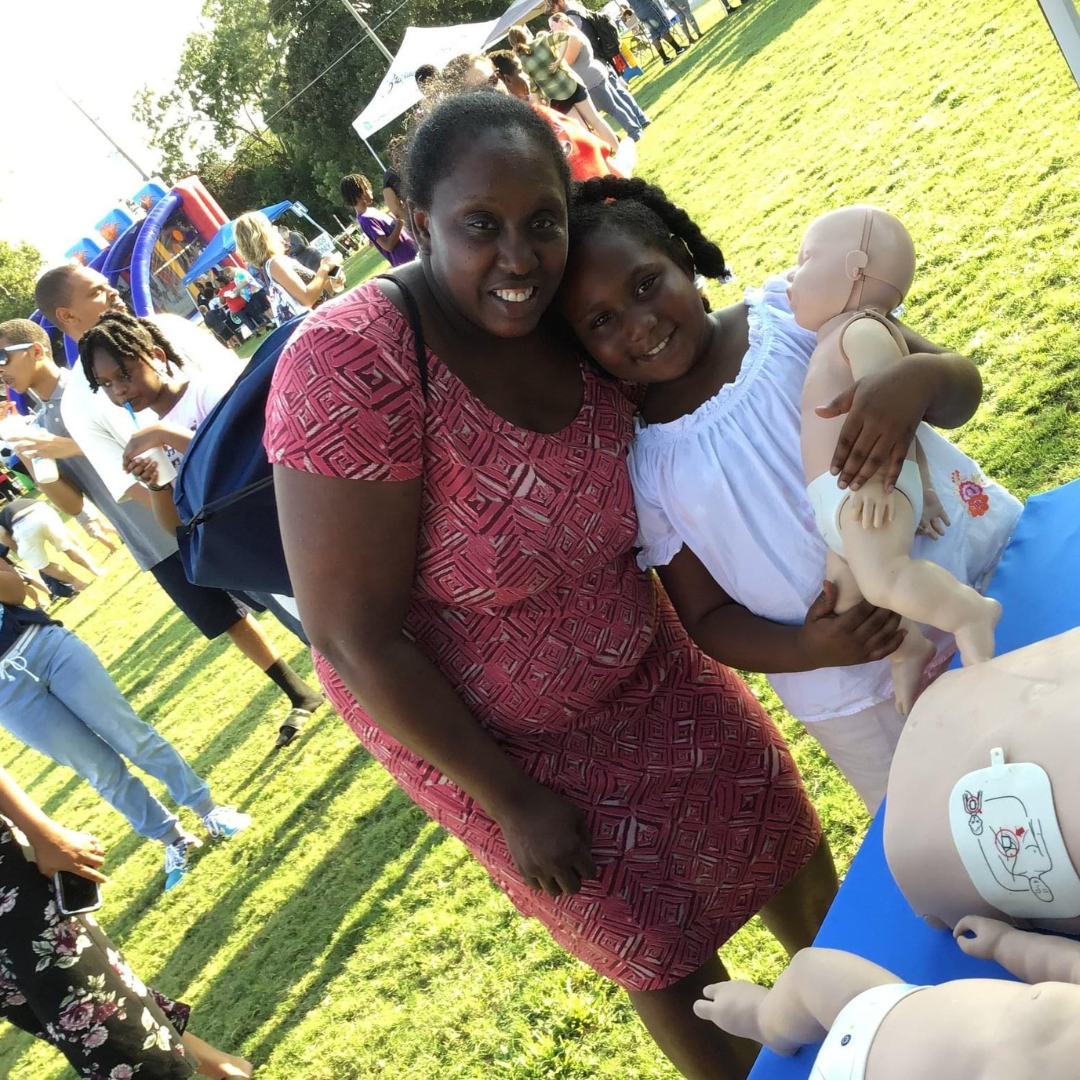Preparing Communities for Emergencies

First Aid Program
Trains participants in first aid basics for the most common first aid emergencies, including how to recognize them, how to call for help, and how to perform lifesaving skills.
In this program, participants learn:
- First aid basics and vocabulary.
- Scene safety.
- How to dial 911.
- How to control bleeding.
- How to create and/or use tourniquets.
- How to handle allergic reactions.

CPR Program
Trains participants in how to give CPR and use an Automated External Defibrillator (AED) in a safe, timely, and effective manner.
In this program, participants learn:
- How quality CPR improves survival.
- Concept of the chain of survival.
- How to recognize when CPR is needed.
- How to perform quality CPR for adults.
- How to perform quality CPR for infants/children.
- How to perform CPR with help from others.
- How to perform mouth-to-mouth.

Emergency Preparedness
Trains participants in how to decipher the various types of emergency situations they may encounter and how to prepare for them.
In this program, participants learn:
- Types of emergencies.
- Emergency action plans.
- Training and practice drills.
- How to react appropriately.
- Emergency communications.
- Medical assistance.

Active Shooter Program
Teaches participants how to react to potential violence in the workplace, church, school, or community events.
This course includes information about:
- Workplace violence.
- Prevention leadership.
- Situational awareness.
- Blood-borne pathogens.
- Active shooter(s).
- How to stop the bleeding.

Natural Disaster Program
Trains participants to prepare emergency contacts and procedures.
This course includes information about:
- Reporting fires or other emergencies.
- Evacuation planning.
- Rescue and medical operations.

Drowning Prevention Program (Summer Program Coming Soon)
Trains participants in basic swimming, water safety skills and other precautionary measures.
This course includes information about:
- Basic swimming safety.
- Basic water safety skills.
- Properly wearing life jackets.
- Using the buddy system.
- Selecting the right fence/gates.


